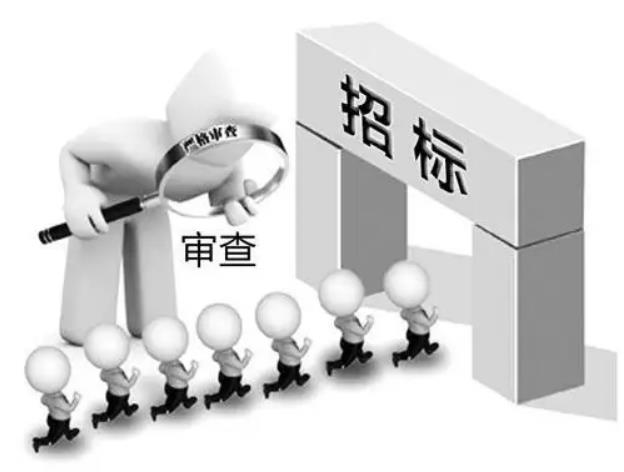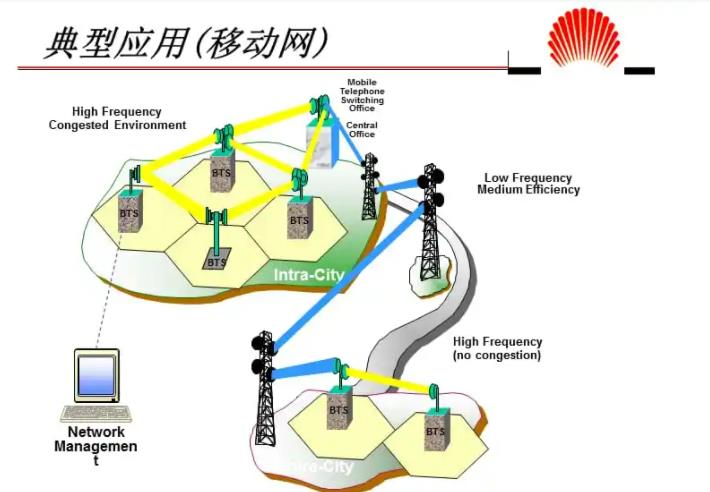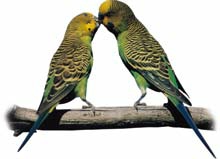随着近年来对耳蜗毛细胞功能的研究,内外毛细胞在听觉产生中的功能越来越明朗。耳蜗的机械振动能引起毛细胞纤毛上的机械敏感性通道打开,从而引起毛细胞膜电位改变。而外毛细胞具有电能动性,即胞体在膜电位变化时形状也发生变化:去极化电位时毛细胞缩短,超极化电位时毛细胞伸长。外毛细胞的电能动性可增加基底膜的振动幅度,继而增加基底膜与盖膜之间的剪切运动,从而增加纤毛的摆动和感受器电位的幅度。耳蜗的机械能-电能转换的正反馈机制,也被称为耳蜗的主动放大机制,可增加耳蜗的敏感性。然而,由于听力的产生最终是靠机械信号转换成听神经信号完成的,而耳蜗的传入神经绝大多数是和内毛细胞相连的(95%),仅有大约5%与外毛细胞相连,因而尽管耳蜗3/4的毛细胞为具有电能动性的外毛细胞,耳蜗的机械能到电能的转换是通过内毛细胞完成的,而并非外毛细胞。外毛细胞的主要功能仅为增加耳蜗的敏感性,而将声音振动变成和传入神经冲动是通过内毛细胞完成的。
内毛细胞不具有主动放大机制,仅是被动地接受基底膜的振动。外毛细胞通过放大基底膜的振动幅度,进而增加内毛细胞的机电转换能量,由此可见内毛细胞的敏感度依赖于外毛细胞对基底膜的主动机制。外毛细胞以机械的形式对毛细胞周围环境产生影响的观点在毛细胞能动性发现之前就被提出。Wilson在1980提出毛细胞受刺激时,其细胞胞体随着刺激频率产生周期的变化,从而改变螺旋器的机械振动。Dallos等假设外毛细胞是通过对螺旋器的机械特性产生影响,从而影响内毛细胞的(Dallos,1981)。1977 年Flock和Cheung第1次发现静纤毛上肌动蛋白(actin)的存在,而对这一观点给予了支持。Brownell证明游离的外毛细胞在去极化电流的作用下,可沿长轴收缩,而在超极化电流的作用下,细胞体伸长(Brownell,Bader et al,1985)。外毛细胞胞体在乙酰胆碱或其他神经递质的作用下,也可缩短或延长运动。在耳蜗切片上,外毛细胞胞体运动也被证实与纤毛上机械敏感性电流有直接的关联(He,Jia et al,2004),而内毛细胞和支持细胞则不存在这种主动运动。总之内、外毛细胞是高度分化的、具有不同特性的感受器细胞,内、外毛细胞的研究对我们进一步认识耳蜗的功能和耳聋机制提供了帮助。
(孙 伟 李兴启 Richard J.Salvi)
1 Brownell,WE,Bader CR.Evoked mechanical responses of isolated cochlear outer hair cells.Science,1985,227(4683):194
2 Dallos P.Cochlear physiology.Annu Rev Psychol,1981,32:153
3 Dallos P.Response characteristics of mammalian cochlear hair cells.Journal of Neuroscience,1985,5(6):1591
4 Durrant JD,Wang J.Are inner or outer hair cells the source of summating potentials recorded from the round window?J Acoust Soc Am, 1998,104(1):370
5 Flock A,Cheung HC.Actin filaments in sensory hairs of inner ear receptor cells.J Cell Biol,1977,75(2Pt 1):339
6 He D,Jia S.Mechanoelectrical transduction of adult outer hair cells studied in a gerbil hemicochlea.Nature,2004,429(6993):766
7 Liberman MC,Brown MC.Physiology and anatomy of single olivocochlear neurons in the cat.Hear Research,1986,24(1):17
8 Liberman MC,Gao J.Prestin is required for electromotility of the outer hair cell and for the cochlear amplifier.Nature,2002,419(6904):300
9 Li Xing QI,Sun JH,Sun Wei,et al.Changes of summating potentials and morphology in the guinea pig cochlea during anoxia.Chinese Journal of Acoustics,1995,4(14):159
10 Li Xing QI,Sun Wei.Amplitade recruitment of cochlear potuitial.Chinese Journal of Acoustic,2001,20(1):11
11 Russell I,Sellick P.Intracellular studies for hair cells in the mamalian cochlea.Journal of Physiology(London),1978,284:261
12 Santarelli R Arslan E.Electrocochleography in auditory neuropathy.Hear Research,2002,170 (1-2):32
13 Santarelli R,Starr A.Neural and receptor cochlear potentials obtained by transtympanic electrocochleography in auditory neuropathy.Clin Neurophysiol,2008,119(5):1028
14 Warr WB,Guinan JJ.Efferent innervation of the organ of:two separate systems.Brain Research,1979,173(1):152
15 Wilson JP.Model for cochlear echoes and tinni-tus based on an observed electrical correlate.Hear Research,1980,2(3-4):527
16 Zheng J,Shen W.Prestin is the motor protein of cochlear outer hair cells.Nature,2000,405 (6783):149
17 Zheng XY,Ding DL.Evidence that inner hair cells are the major source of cochlear summating potentials.Hearing Research,1997,113(1-2):76
18 李兴启,孙建和,孙 伟.缺氧豚鼠耳蜗总和电位(SP)和毛细胞形态学实验观察.中华耳鼻咽喉科杂志,1994,29(2):74
19 孙 伟,李兴启.白噪声暴露对耳蜗支持细胞胞内电位变化.军医进修学院学报,1997,18(3):185
20 孙 伟,李兴启,姜泗长.白噪声对豚鼠耳蜗OHC感受器电位非线性特点的影响.中华耳鼻咽喉科杂志,1997,32(2):88
21 孙 伟,李兴启.用同一微电极在中阶同时记录EP、SP和CAP.解放军军医进修学院学报,1993,14(3):211
22 武文明,姜泗长,顾 瑞,等.在体耳蜗毛细胞电反应记录.中华耳鼻咽喉科杂志,1996,31(1):20
免责声明:以上内容源自网络,版权归原作者所有,如有侵犯您的原创版权请告知,我们将尽快删除相关内容。















